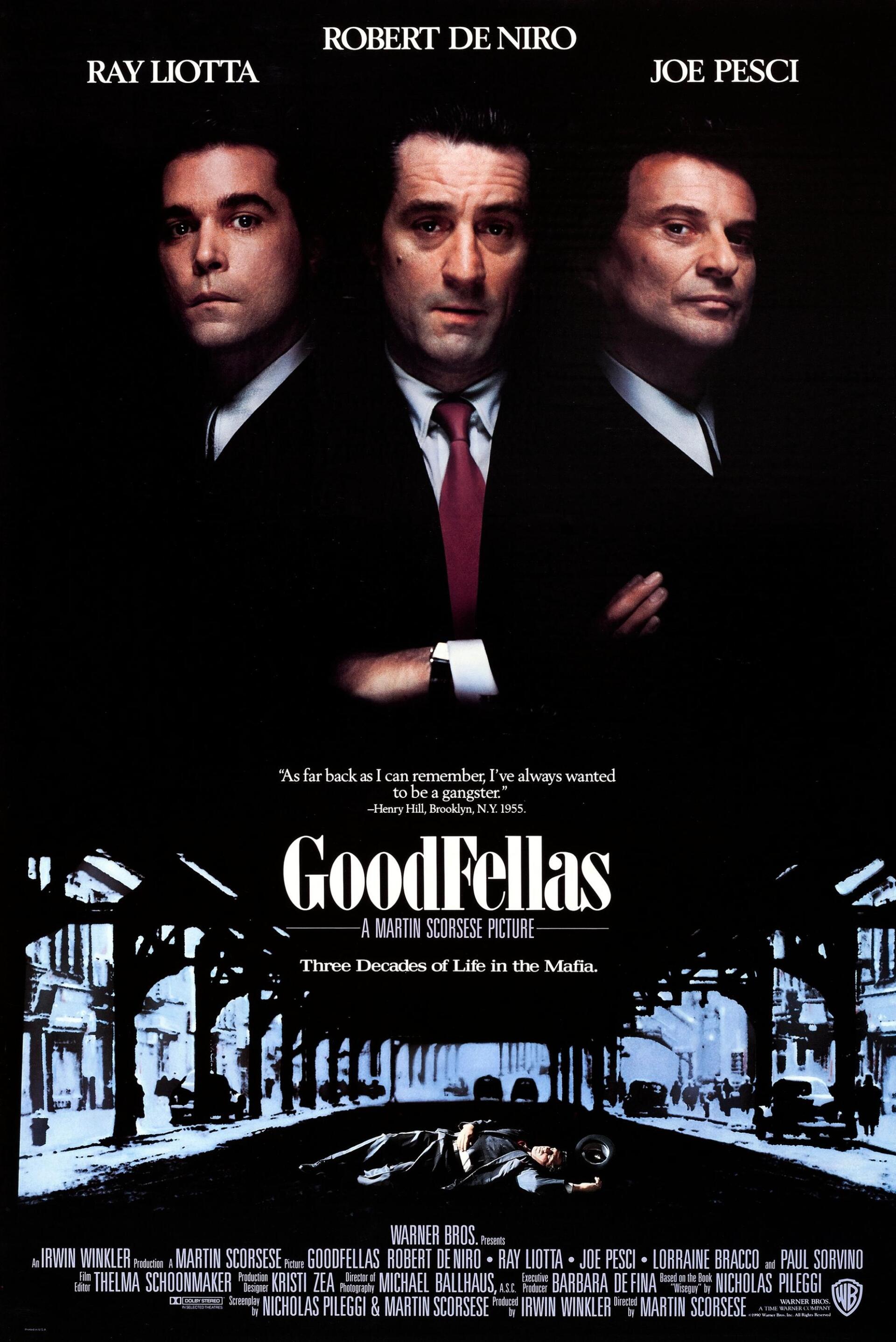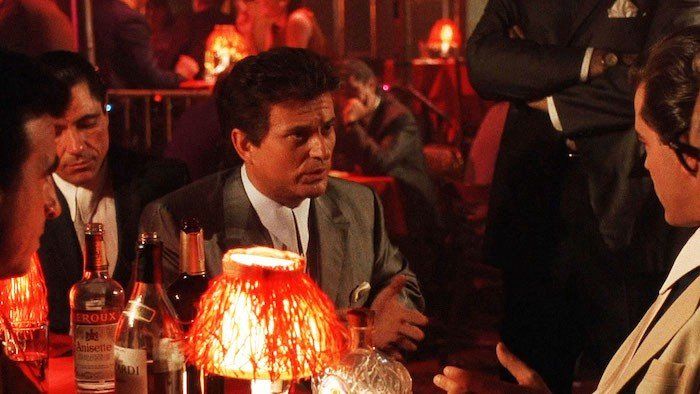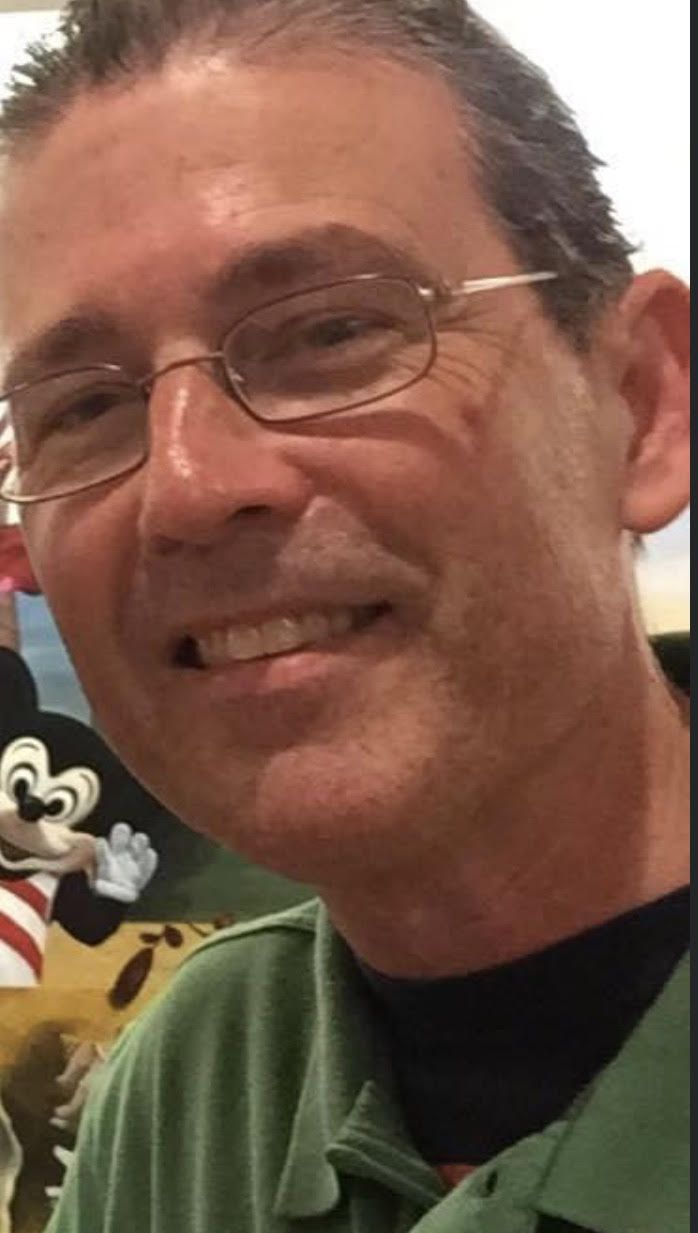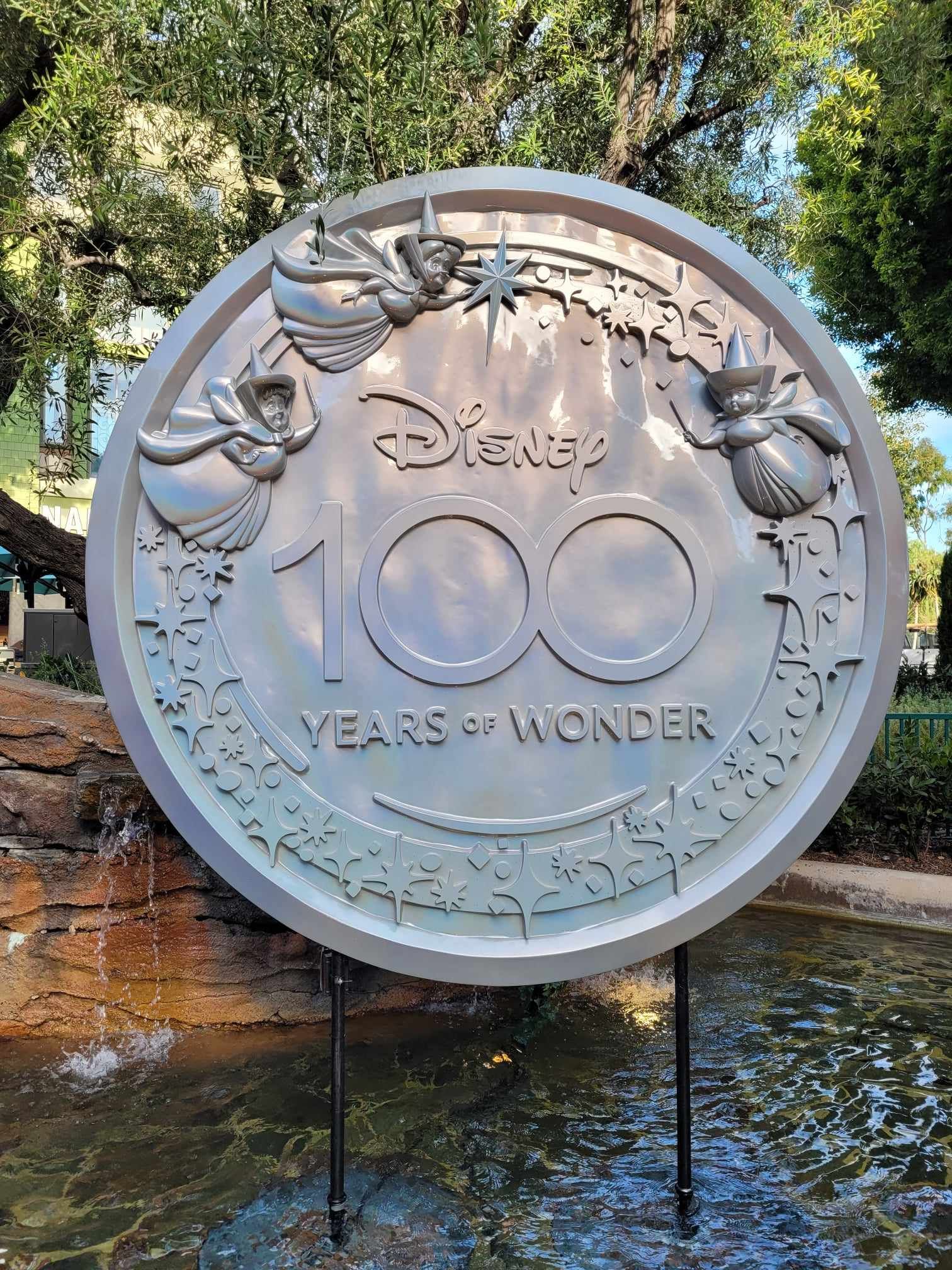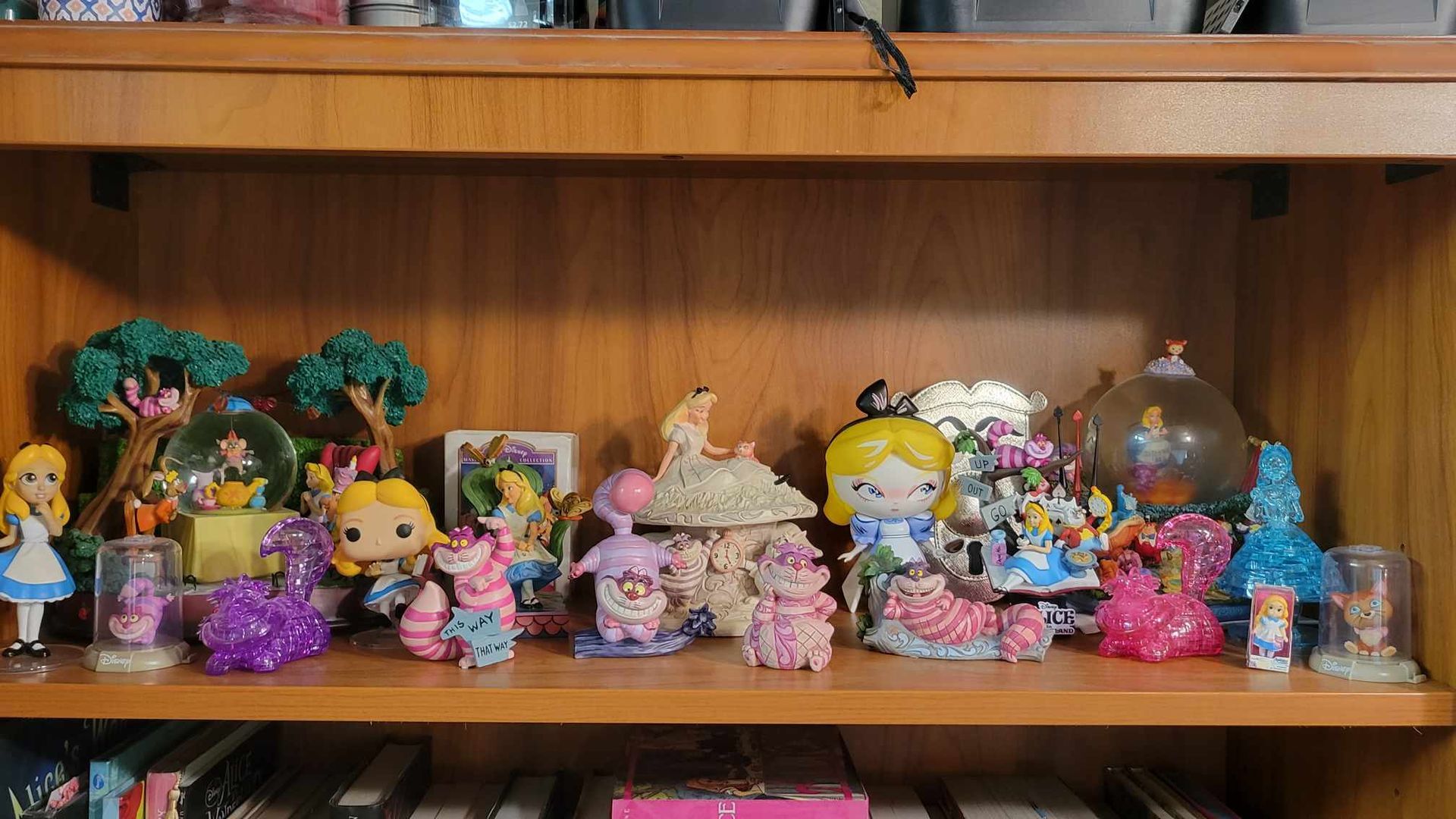Michael Lyons is a Florida-based Freelance Writer, specializing in Movies, Television and Pop Culture. In addition to over twenty-five years writing for such magazines as “Cinefantastique” and “Animation World Network,” he also writes and edits the blog, “Screen Saver: A Retro Review of TV Shows and Movies of Yesteryear,” which can be found at https://screensaverblog.blogspot.com/.
Mob Mentality: The 30th Anniversary of “Goodfellas”
by Michael Lyons
Well, if there is a short list, “Goodfellas” should be on it.
Director Martin Scorsese’s film, tracing a true story of life in the New York mafia over several decades, from the ‘50’s through the ‘80’s, most definitely qualifies as a masterpiece.
“Goodfellas” is that rare film that pulls us fully in to a world that is so brutally realistic, we at times forget that what we are seeing isn’t just based on real-life, but that it IS real life. It’s a film that always seems so “of the moment,” no matter how many times you’ve seen it, that it’s hard to believe that, this September, “Goodfellas” will celebrate its 30th anniversary.
Based on the book, “Wise Guy,” by Nicholas Pileggi (who co-wrote the screenplay with Scorsese), “Goodfellas” relays the true life story of Henry Hill (played by Ray Liotta), who gets seduced, in many ways, by the Mafia lifestyle at a young age, where he ascends up the ranks of the crime family and it becomes his life.
Co-starring in the film is Scorsese stalwart Robert DeNiro as Jimmy Conway, Henry’s mentor of sorts and Joe Pesci (in his Oscar winning role) as hothead Tommy DeVito. There’s also Lorraine Bracco as Henry’s tough-as-nails wife, Karen and veteran actor Paul Sorvino, so quietly good as Paulie, the head of “the family.”
Scorsese unfurls the tale of “Goodfellas,” using a variety of filmmaking styles and tones, proving that he is indeed one of movie’s true maestros. The film opens with an immediate introduction to the violence of this world and ends with a freeze frame of Henry and his simple voice-over: “As far back as I can remember, I always wanted to be a gangster.” And, as an audience, we are in!
What follows are quieter moments, like one of Pesci’s most eerily realistic as Tommy, sitting around a bar with his cronies, suddenly insulted by a joke and seemingly about to snap (the now infamous “I’m funny like I’m a clown, I amuse you?” sequence).
It’s just one of the many and almost all mesmerizing scenes in “Goodfellas.” There’s a dizzying, long, continuous shot of Henry taking Karen into the Copacabana; The scene in which Henry, Jimmy and Tommy eat a big Italian meal, while a body sits in the trunk of their car outside, is both darkly comedic and utterly repellant; And a sequence with non-stop, rapid-fire pacing and cutting, where Henry is balancing both his drug dealing with the responsibilities of his family, is enough to raise anyone’s blood pressure.
Laid across this is a soundtrack - from Tony Bennet’s “Rags to Riches” to “Layla” by Derek and the Dominoes - that amazingly reflects each decade as the backdrop and also underlines all that’s going on.
It’s fitting that music is such a big part of the film, as “Goodfellas” all came together like a grand symphony of a movie. When it was released on September 19, 1990, critics immediately agreed, awarding it a spot on or at the top of their annual top ten lists.
At Oscar time, not only did Pesci win, but “Goodfellas” was awarded six nominations, including Best Picture.
And in the three decades since “Goodfellas’” debut, many continue to recognize the absolute brilliance of this one-of-a-kind film that redefined a genre. It de-glamorizes the world of organized crime and includes messages around how the abuse of power can corrupt.
“Goodfellas” is a film that stays with you long after it’s over...or even thirty years after seeing it.
Sounds like a perfect film.

